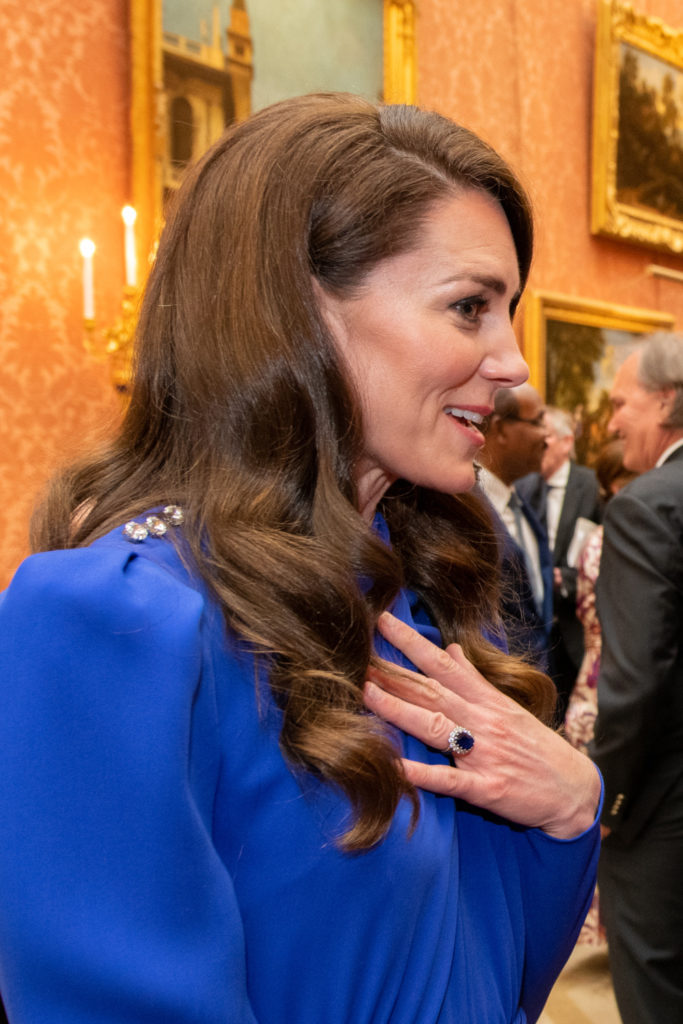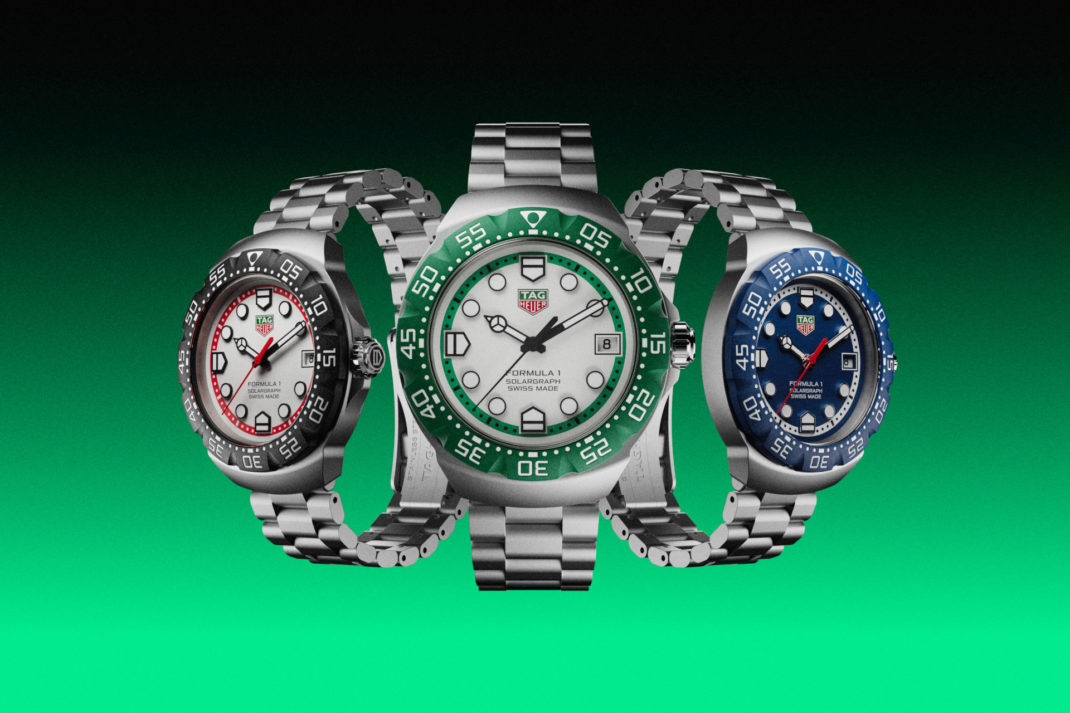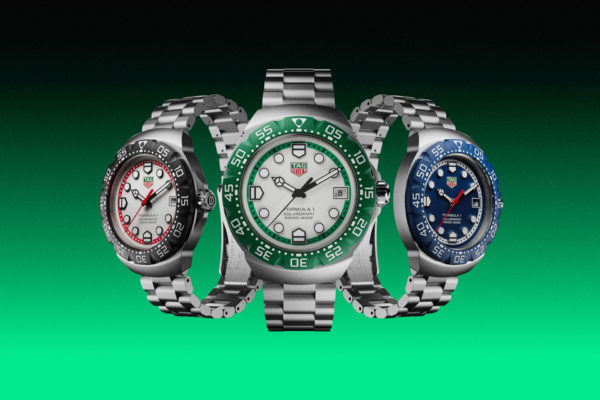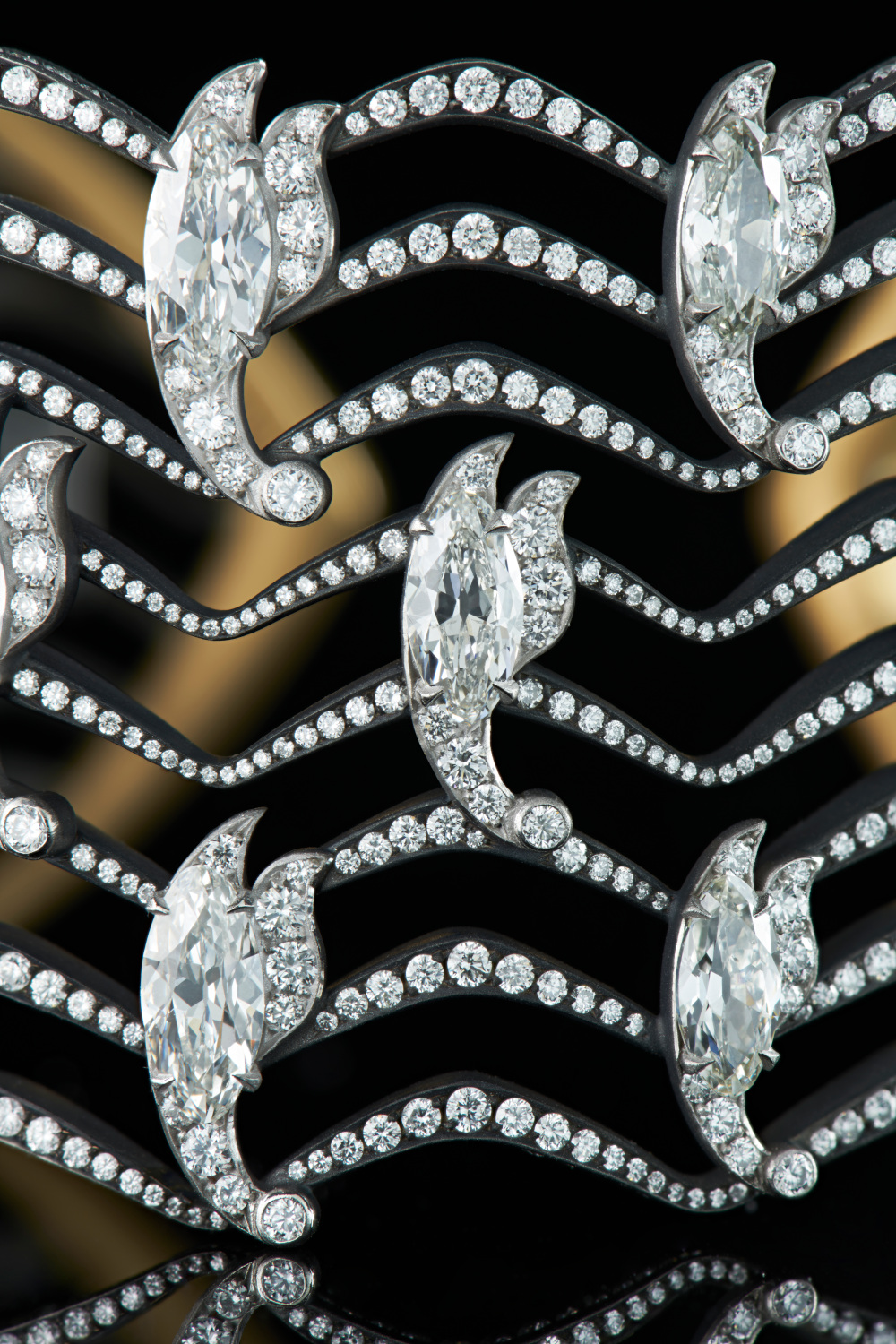
What A Gem: Inside The World Of Jewellery Collectors
By
3 days ago
Meet the collectors with a passion for jewellery and gemstones
Gemstones exert a mysterious hold on collectors, thanks to a heady cocktail of optics, energy, provenance and passion. James Gurney meets three of London’s leading jewellery collectors.
Jewellery & Gemstones: Meet The Collectors
Jewellery collectors often morph into gemstone collectors, I learned when sitting down with Sofia Hirsh. The managing director of Hirsh has a reputation for creating pieces that pop with colour and character, thanks to a focus on rare gemstones, including flashing opals, colour-changing alexandrites, spinels, and tourmalines – stones that are sought out from sources around the world.
It takes the passion of a true collector and, as the Mayfair jeweller recounts, her journey into gemstones began in childhood. ‘My grandfather started me on this little mineral-collecting habit. I spent many summers in the Great Lakes in Michigan where you can find Petoskey stones, which start out grey, but in water reveal that they are fossils with the most beautiful patterns, and I had a knack for finding them.’
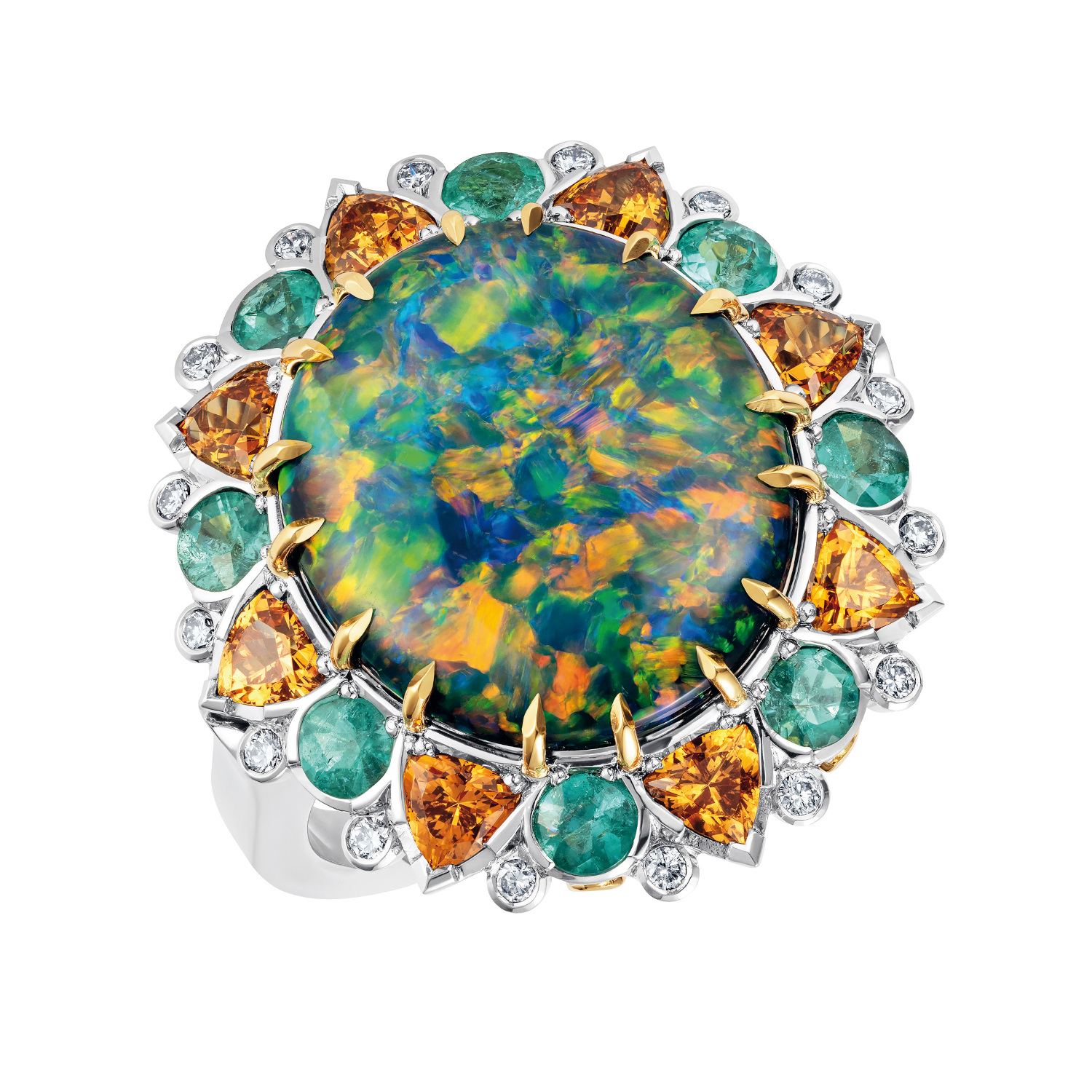
Hirsh rare black opal Supernova ring with Paraiba tourmalines, garnets and diamonds
For most people, the fascination starts by buying jewellery and then they find their interest begins to focus on the stones themselves. ‘So you might see a beautiful blue diamond that could be made into a jewel, something unique and special to you,’ says Hirsh. ‘From there, you might build a collection of loose gemstones with the intention of enjoying them one day. But those stones are also an asset, part of a diverse portfolio. Just as people invest in art and rotate their collection, displaying only certain pieces at a time, the same applies to gems. You can transform them and, as tastes change, switch a stone from, say, a simple solitaire pendant to a fantasy bangle.’ Hirsh has just transformed a ruby suite – which had belonged to the same family for over a hundred years – for a new generation.
‘It’s a great joy for me because I love that these stones are part of the Earth’s core, part of what this planet is,’ Hirsh says. ‘Long after we’re gone, they’ll still be here, just like the jewels in the Tutankhamun exhibition, which are as beautiful now as they were millennia ago.’ Hirsh is well known for its rare stones, and Sophia and her husband, Jason, travel the globe in search of special gems, visiting dealers, mines and shows on every continent. ‘Some stones are incredibly rare, others come from mines that have closed. We have always worked extensively with pink diamonds from the now-closed Argyle Mine. In our early days, in the 80s, people were mainly looking at white diamonds, but we sought out colour: yellow, pink, green, orange, even brown diamonds, and, of course, the blues.’
Hirsh also sourced a couple of red diamonds over the years. ‘In hindsight, we shouldn’t have sold them – but part of the pleasure is creating something beautiful and sending it to a permanent home.’
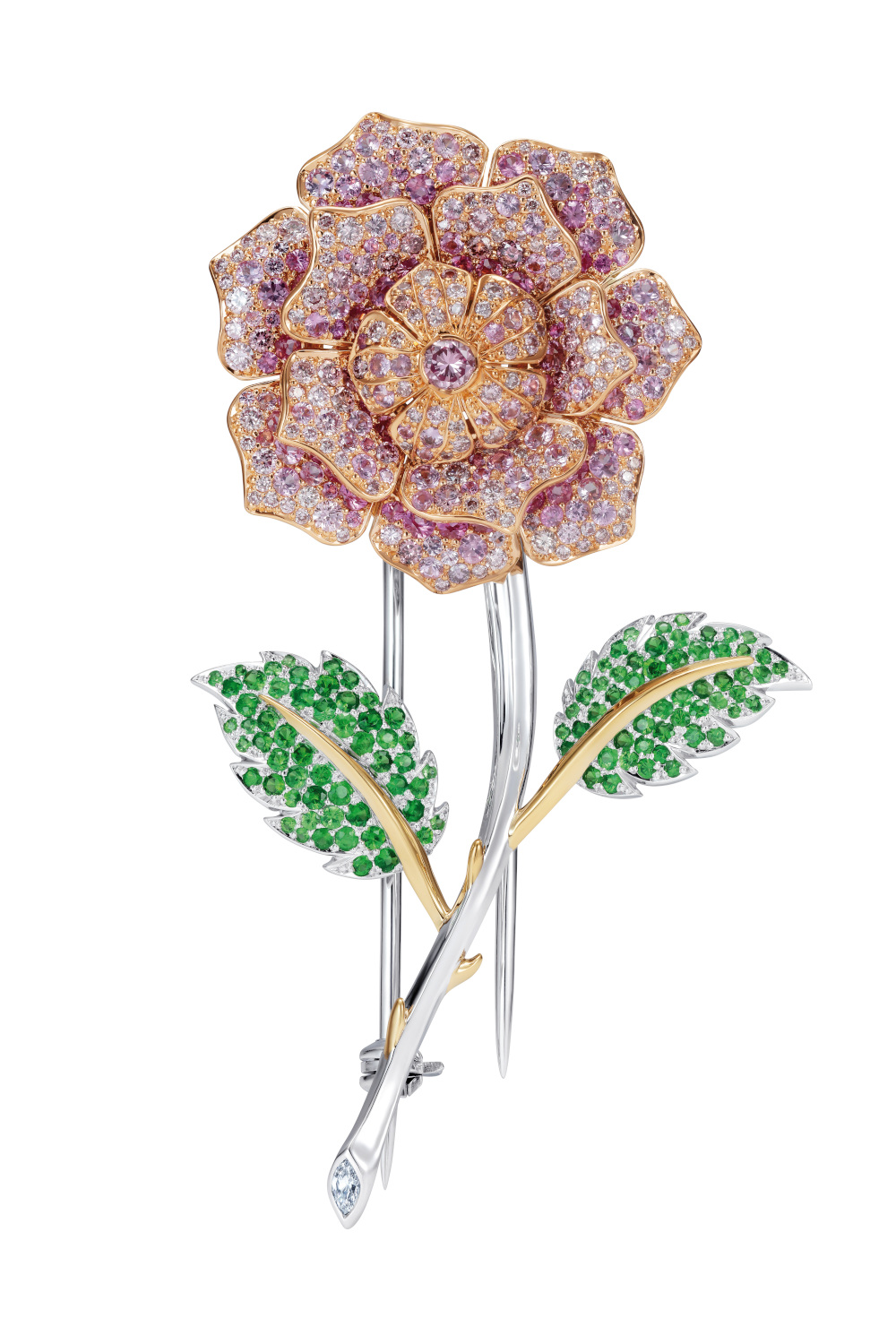
Hirsh pink diamond, pink sapphire and tsavorite garnet en-tremblant English Rose brooch
That certain stones have an energy to them is a given for Hirsh. ‘One client – a former prisoner of war in Burma, who worked on the infamous railway – carried a Burmese ruby in his pocket as a worry stone throughout his life. He believed it had an incredible energy that spurred him on – he was very successful in life. ‘I can look at a tray of 50 sapphires and immediately spot the one that talks to me with that energy. And the way we work means we don’t have to adhere to the constraints of CAD designs and can respond to each stone’s character.’
Hirsh shows me a stone that shifts from dark green to a delicious purply red as you move it in the light. ‘We’re finding that collectors are more appreciative of rarity and less afraid of difference. Why choose a white diamond, whatever the size, when you could have an amazing Brazilian alexandrite with a perfect colour-change? It’s far rarer and very few people will know what it is.’ Similarly, chameleon diamonds change from, say, a vibrant orange to green depending on how long they’ve been in the light. ‘As I say to everyone, start with something you love and connect with; then, have fun with the setting. Create something unique.’
Any conversation around rare stones must include Kashmir sapphires, according to Guy Burton, managing director of Hancocks. ‘The rarity and intrinsic quality of Kashmir sapphires, along with their historical significance, drive their value,’ he says. ‘These are from mines that are long exhausted and with most stones being antique, they command premium prices thanks to their phenomenal rarity.’
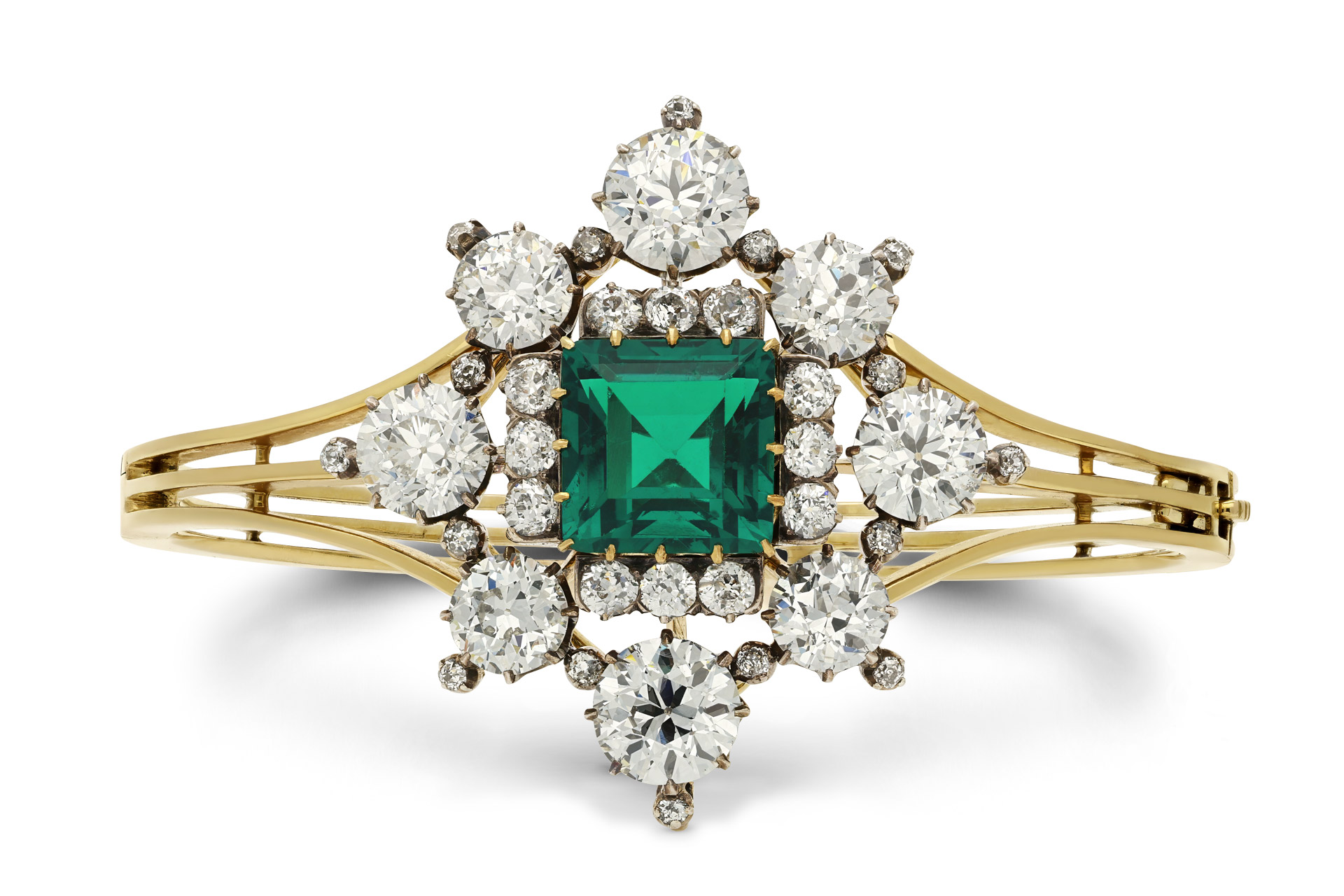
It’s a similar story with Colombian Muzo emeralds. ‘While they are still mining there, the older stones have a richer, deeper colour,’ Burton says. ‘And pigeon-blood Burmese rubies, along with the Kashmir sapphires, still have the strongest trajectory in terms of prices.’
Collectors are naturally very keen on proper certification and provenance to go with the stones, while the setting adds to the credibility of the provenance; if it comes from a renowned name, such as Cartier, that only adds to the value. As for rarer minerals, ‘it’s harder to quantify, as they are so rare’, says Burton. ‘But if you have a Ural Mountains alexandrite with really good colour change, there will be huge interest. It is the colour change that’s the most important, so very fine Sri Lankan stones also command strong interest.’
Tourmalines, he says, are going for crazy money, and black opals from Lightning Ridge in New South Wales ‘have had a huge kick in value, so that’s probably a slightly riskier prospect. Spinels seem undervalued at the moment given the beauty of the stones – there’s growing interest but not in the same way as for tourmalines.’
Another jeweller to emphasise the importance of ‘energy’, that elusive combination of physics and history, is Krishna Choudhary, founder of Santi in Mayfair and scion of a Rajasthani family that rose to prominence with the Rajputs in the 18th century, whose court cultures were a synthesis of Persian and Moghul influences. Choudhary’s family held positions under the Maharajah that included responsibility for the jewellery at court, an interest passed down through ten generations and reflected in a collection acquired over the centuries that would grace any museum. Choudhary reinforced this inheritance with studies in art history and gemmology, and has forged a stellar reputation as a jeweller uniquely placed to mix ancient and modern.

Santi flower pendant featuring early Laldi Mughal spinels and two Golconda diamonds
The 15 to 20 new designs that Santi produces each year feature historical stones such as spinels, sapphires and diamonds from the Golconda mines, stones that Choudhary believes have a special value.
‘It’s a big responsibility to use the historical stones and do them justice,’ he says. ‘This is why it could take me many years to find the right design for these special gems.’
Santi’s designs often feature elements of traditional design executed in a contemporary style, with his clients valuing the way its jewellery respects the heritage of the stones used. ‘Santi clients appreciate being educated about historical stones and value the evolved narrative given to these when set in contemporary designs,’ Choudhary says. ‘We hope our pieces spark conversations between jewellery connoisseurs and enthusiasts, bridging the gap between expert knowledge and the passion of modern collectors.’

